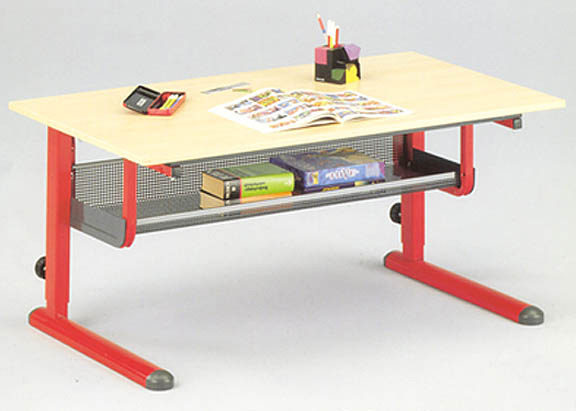
| The Neck and Back Problems of Office Workers and Guidelines for Prevention and Recovery | |
|
Among the working people between the ages of 18-64, the disorders of the muscular and skeletal systems rank the first among the factors that cause functional limitations and restrictions. Moreover, the incidences of cumulative traumatic disorders on the soft tissue of muscular and skeletal systems have appeared to increase steadily in modern socities. The muscular-skeletal system is exposed to severe risks of disorder with such occupations of the office sector. The joints and the structures other than the joints are frequently injured. The occupations of the office sector are as follows: 1. Computer users
As a result of the cumulative trauma with such office jobs, primarily the soft tissue gets irritated and secondarily the bones and muscles are affected. The neck, waist, upper and lower extremities are highly vulnerable. As next to the occupational factors, various environmental, personal and phsysical risk factors multiply the complaints of the patients. The following clinical pictures are frequently observed with the occupations given above: 1. Neck Disorders
Back is especially a vulnerable part of the body; it endures the mechanical stress and the functional tension of the body movement system, and also professional and sportive traumas etc. In time, the diseases that cause back pain may lead to chronic pain syndromes and disorders which may handicap people by seriously restrict ing the daily activities. If you consider the medical expenditures, the total number of missed workdays and the cost of the loss of functions for long periods of time, you can understand that the financial impact of the back pain on the economy is huge. Neck pains are also very common illnesses that cause functional disorders and that degrade the quality of life of office workers. Common causes of neck and back pain can be summarized as follows: 1. Diseases of skeleton and joints 2. Soft tissue diseases 3. Pains triggered by the internal organs
The principles of treatment against neck and back problems are as follows: 1. Protective measures
Exercising, as being one of the ways of treatment, have recuperative affects and improvements on the body. The advantages of exercising are as follows: 1. Strenghtens the bones, tendons, ligaments, tendons and muscles.
Prevention of back pain: Back pain, which disrupts our daily routines and decreases the quality of our lives, is a very comon nuisance to humans. For instance, it is one of the most common causes of missed workdays due to illness. Moreover, the tratment of back pain is expensive. Therefore, we should take care of our back when working at our desks and avoid the habits which are bad to the back: In addition to the protective measures mentioned above, specific standards should be set and the workplace should be rearranged within the framework as orderd by these occupational standards Ergonomic job analysis should be conducted at the workplace to determine the factors that protect the workers against occupational cumulative trauma disorders. Ergonomics is an applied science that coordinates the design of devices, systems, and physical working conditions with the capacities and requirements the worker. This increases the safety and efficiency of man in his working environment. Prevention of neck pain Following back pains, the second most common disorder that the patients complain about are the neck pains. Every one person out of three in the general population is suffering from neck pain once in the course of lifetime. Neck is a very flexible part of the body with great movement capabilities; however, this renders the neck also one of the most vulnerable part of the body against blows and injuries. People develop neck diorders because of injuries due to the accidents, recurrent minor traumas, bad posture, overuse or over exertion, wear out and diseases. One or more of these factors may cause neck disorders and restricted movements. You should be careful about the following hints to protect yourself from neck pains: Guidelines for people who work in sedentary position: Sitting for prolonged periods of time can be major cause of neck and back pain; therefore, protective measures and rehabilitation implementations gain more significance everyday to be able to reduce the problems of neck and back pains. Especially workplace is ergonomically arranged according to the physical capabilities and restrictions of the employees. The posture of the person should be corrected so that the increased und unnecessary stress to the back muscles and spinal discs are reduced. (Picture 4). The poor posture should be corrected this way. The people should take frequent breaks to stretch and relax at the workplace. The tools and the workplace should be rearranged ergonomically. If possible, the workplace should be organised in such a way that you do not need to bend, slouch or twist your posture very frequently. For best performance, the distance between the computer and your eyes should be 25-30 cm. and the elbows should rest 85-100 degrees. (Picture 5, Picture 6, Picture 7).
An appropriate desk at your workplace should have the following standards:
The most serios disadvantage that paves the way for the development of persistent neck and back problems is the poor physical condition of the body. The office workers should be trained about the ways to avoid such health problems. However, ergonomical and proper workplace design, frequent exercising, and rotation in the job will surely produce favorable results. A healthy back implies that there should be an equilibrium of four physiological small degree curvatures on the spine. (lordotic curvature in the neck, kyphotic curvature in the back, lordotic curvature in the back, kyphotic curvature at the end of spinal columd). A good posture requires us to maintain these curvatures in their natural equilibrium. And to maintain the equilibrium well implies that as you are sitting, standing, stretcing & extending, carrying objects or walking, you must have a strong and flexible musculoskeletal body structure. Consequently, to find a solution to the back and neck problems of office workers, the internal and external risk factors should be determined well in advance and the required measures should be taken to eliminate these risk factors. Physical activities are especially important for physical health and at the same time they increase the performance of employees at work. Therefore, regular exercise and similar activities should be recommended and opportunity to leave the sedentary environment of the workplace should be given to the employees. References: 1. Bernard B, Sauter SL, Fine LS, Peterson MR, Hales TR. Psychosocial and work organization risk factors for cumulative trauma disorders in
the hands
and wrists of newspaper employees. Scand J Work Environment and Health 1992; 18 (2):119-120
Prof. Dr. Halil KOYUNCU * * Univ. of Istanbul Cerrahpaşa Medical School - Physical Medicine and Rehabilitiation Department
|
||||||
| - TOP - |



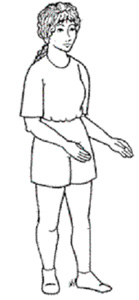
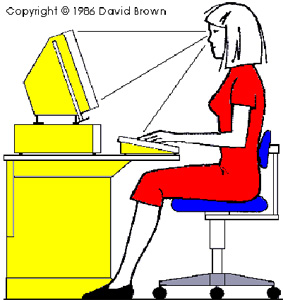
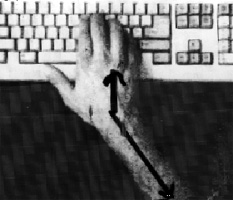

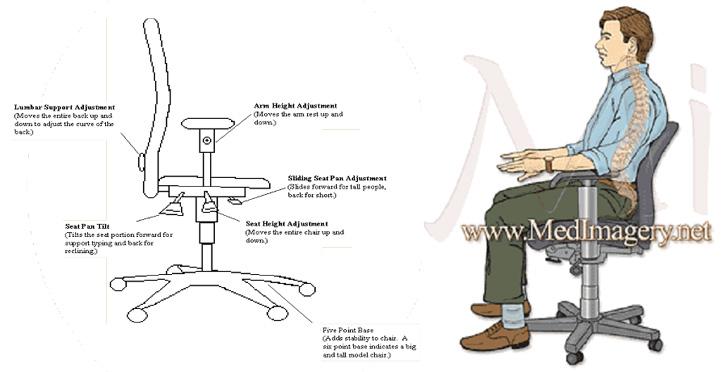 Picture 8: The standards of a healthyseat
Picture 8: The standards of a healthyseat
